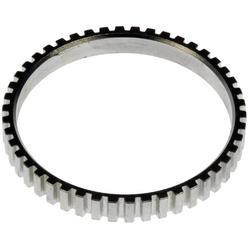Hello,
I'm trying to determine the resolution of a speed sensor -hall effect- but I'm struggling a bit. The sensor I'm using is the honeywell GT1, the front wheel diameter is 530 and the rear one 570. The range I need to measure is from 0 to 280Kph. The diameter and the number of tooth is to be determine. Can anyone help me out with the math!? I don't remember how to do this -I'm not an electronic/data guy-.
I know I'll be limited by the available space and sensor recommendations, but I'm not interested in that right now. I just want to remember the math behind it. It would be great if we could make an example so that I can see how the process and the math are.
Can anyone help me!?
Cheers
- Login or Register
No account yet? Sign up

